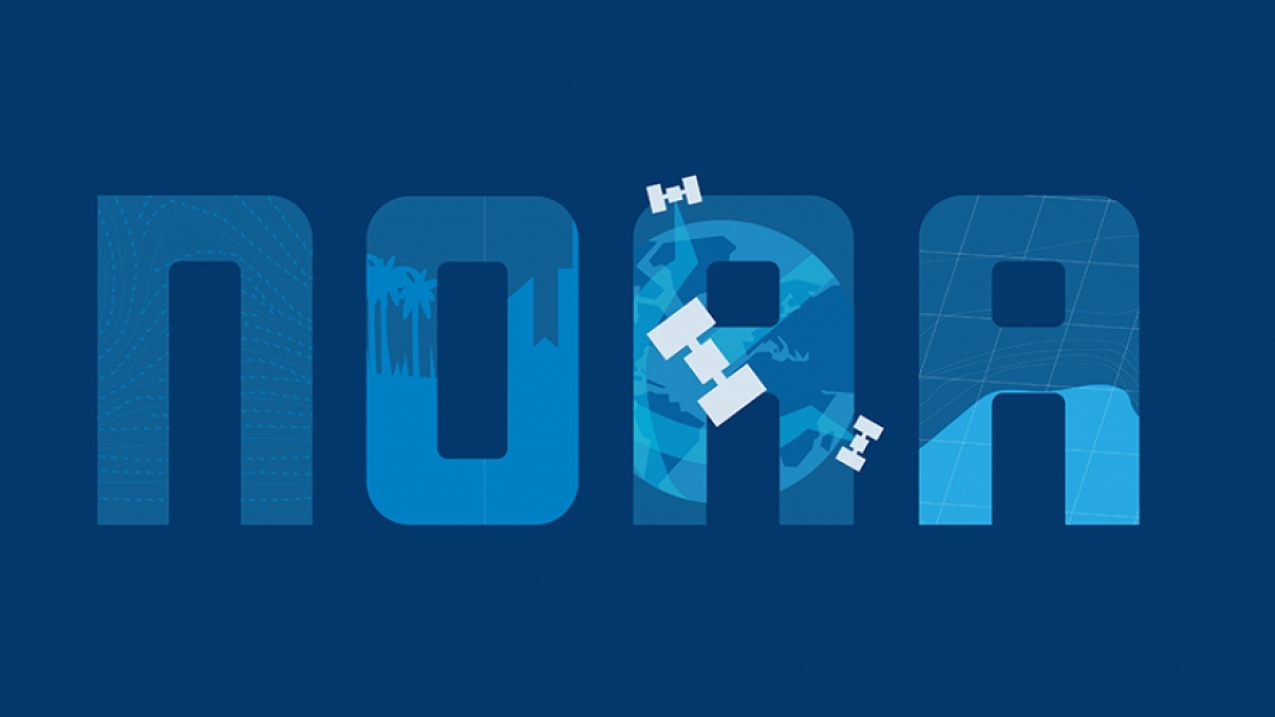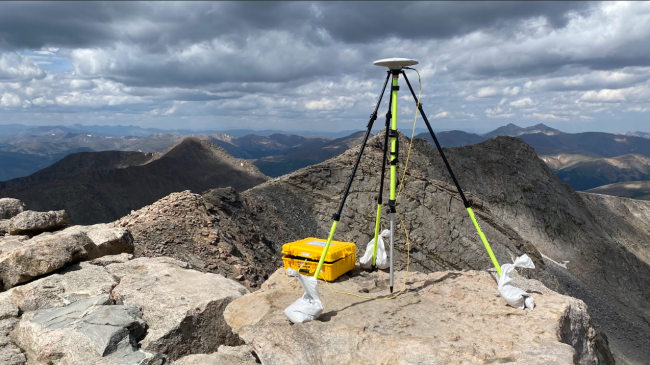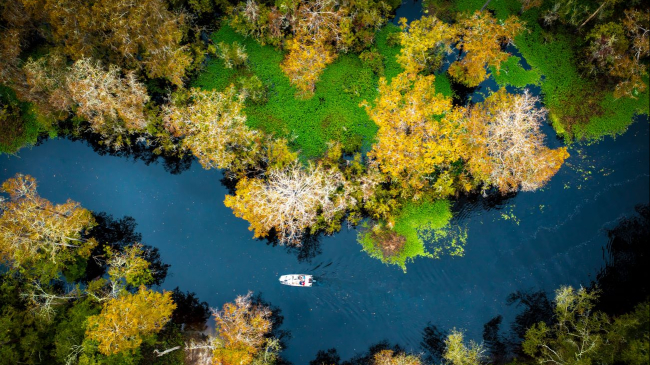The Northeast Reserves and Culebra Island, Puerto Rico; Biscayne Bay, Florida, targeted for conservation efforts
NOAA has selected two sites in the southeast and Caribbean as Habitat Focus Areas — places where the agency can maximize its habitat conservation investments and management efforts to benefit marine resources and coastal communities. These two new areas are Puerto Rico’s Northeast Reserves and Culebra Island, and Florida’s Biscayne Bay.

Welcome to noaa.gov (Image credit: NOAA)
Under NOAA’s Habitat Blueprint, which provides a framework for NOAA to effectively improve habitats for fisheries, marine life, and coastal communities, Habitat Focus Areas are selected to prioritize long-term habitat science and conservation efforts. As a Habitat Focus Area, NOAA and partners will provide conservation planning and development of a watershed management plan.
"NOAA’s Habitat Blueprint illustrates our commitment to building resilient communities and natural resources by improving habitat conditions for fisheries and marine life, while also providing economic and environmental benefits,” said Bonnie Ponwith, Ph.D., director of NOAA Fisheries’ Southeast Fisheries Science Center. “This effort will promote the exchange of ideas and transfer of best management practices between the two sites. NOAA is eager to bring the whole team to the table with our partners to focus on these areas and achieve benefits for these communities and natural resources."
Northeast Reserves and Culebra Island, Puerto Rico
The beach at Culebra Island, Puerto Rico, which will be part of the two new Habitat Focus Areas announced by NOAA Fisheries today. (Credit: NOAA)
The Northeast Reserves and Culebra habitats are home to coastal forests, wetlands, a bioluminescent lagoon, seagrass beds, shallow and deep coral reefs, and miles of pristine beaches. Popular for recreational, subsistence, and commercial fishing, the area also contains habitats that are vital to several threatened and endangered species. The site also supports the economy through marine transportation and tourism.
However, the ecological richness of the area is vulnerable to impacts from development, land-based pollution, fishing, and climate change.
NOAA is already engaged in a variety of coral research to support management efforts. The agency will also reduce threats to the habitats through conservation projects, long-term monitoring and research activities, habitat mapping, and training and education programs in the area.
Biscayne Bay, Florida
Biscayne Bay is a shallow, subtropical ecosystem with extensive seagrass cover, and a mangrove fringe along most of its shoreline. The bay contains more than 145,000 acres of habitat that is essential to commercially important species such as grouper and snapper in their early life stages. The bay supports many living marine resources, including protected species such as green and loggerhead sea turtles, bottlenose dolphins, and several threatened coral species. The bay’s ecosystem contributes to the economy of the surrounding area.
Scientists and resource managers are concerned that water quality issues could result in widespread loss of seagrass cover. NOAA will work to better understand water quality issues.
NOAA scientists will also restore, improve, and protect fishery habitats. In addition, NOAA will restore and maintain sustainable fish stocks, reduce marine debris impacts, and improve shoreline protection.
NOAA’s dedicated the first Habitat Focus Area in California’s Russian River watershed in 2013. Since then, the agency has added Guam’s Manell-Geus watershed, the west side of Hawaii’s Big Island, and Alaska’s Kachemak Bay.
Next steps for the Puerto Rico and Florida areas include developing implementation plans for each area.
NOAA’s mission is to understand and predict changes in the Earth's environment, from the depths of the ocean to the surface of the sun, and to conserve and manage our coastal and marine resources. Join us on Facebook, Twitter, Instagram and our other social media channels.
Media contact:
Jennie Lyons
301-427-8003



